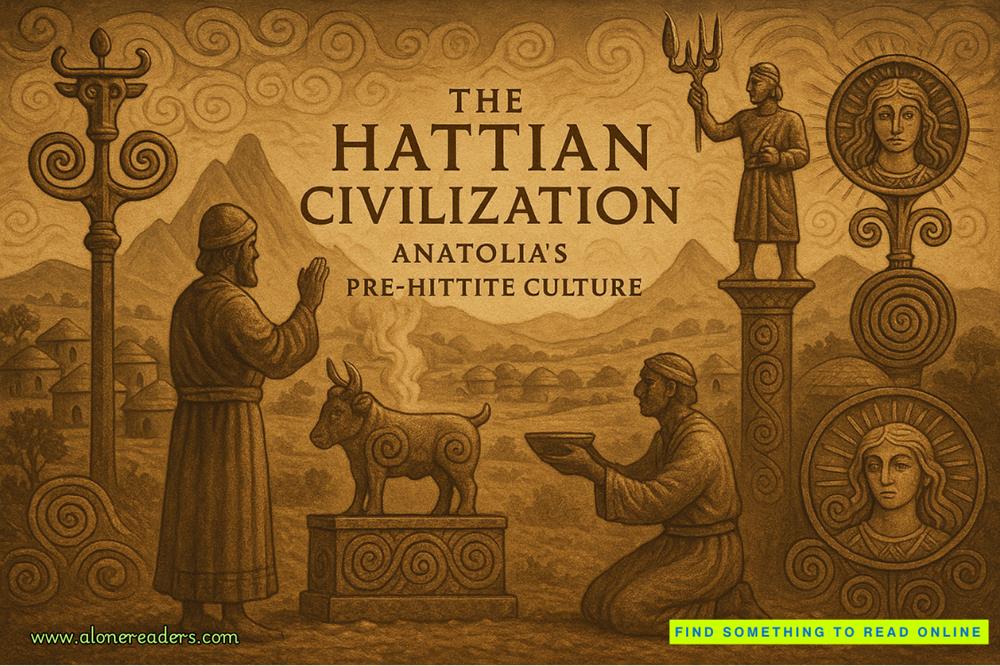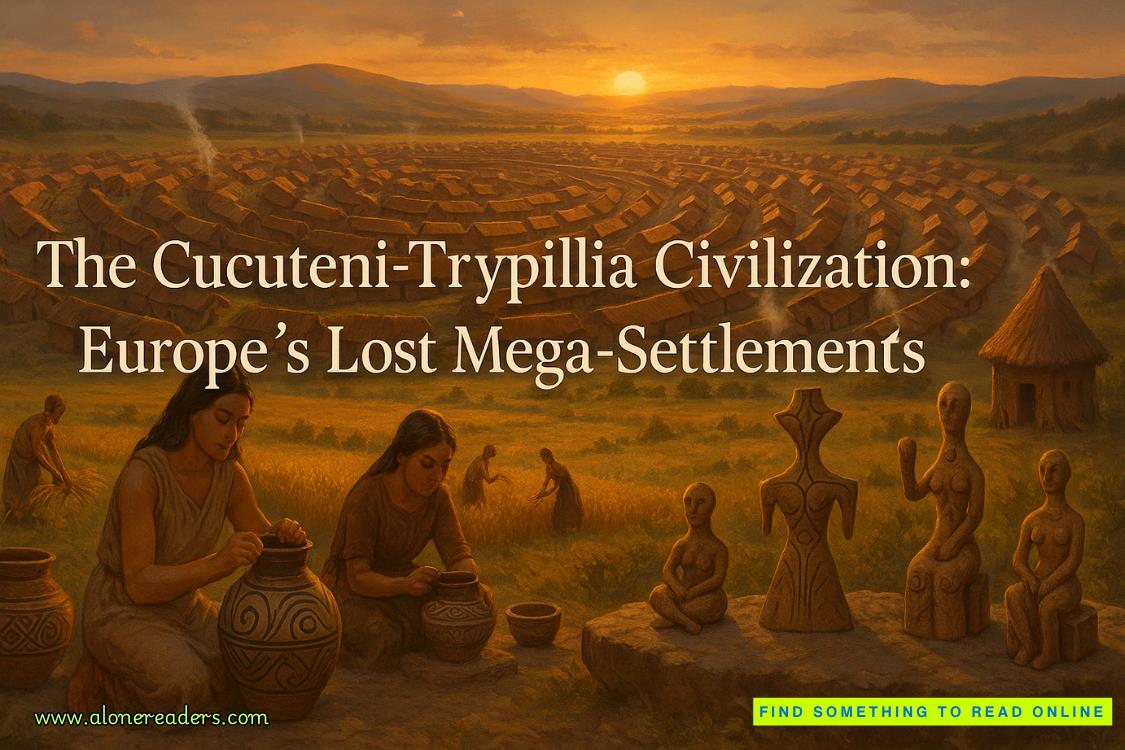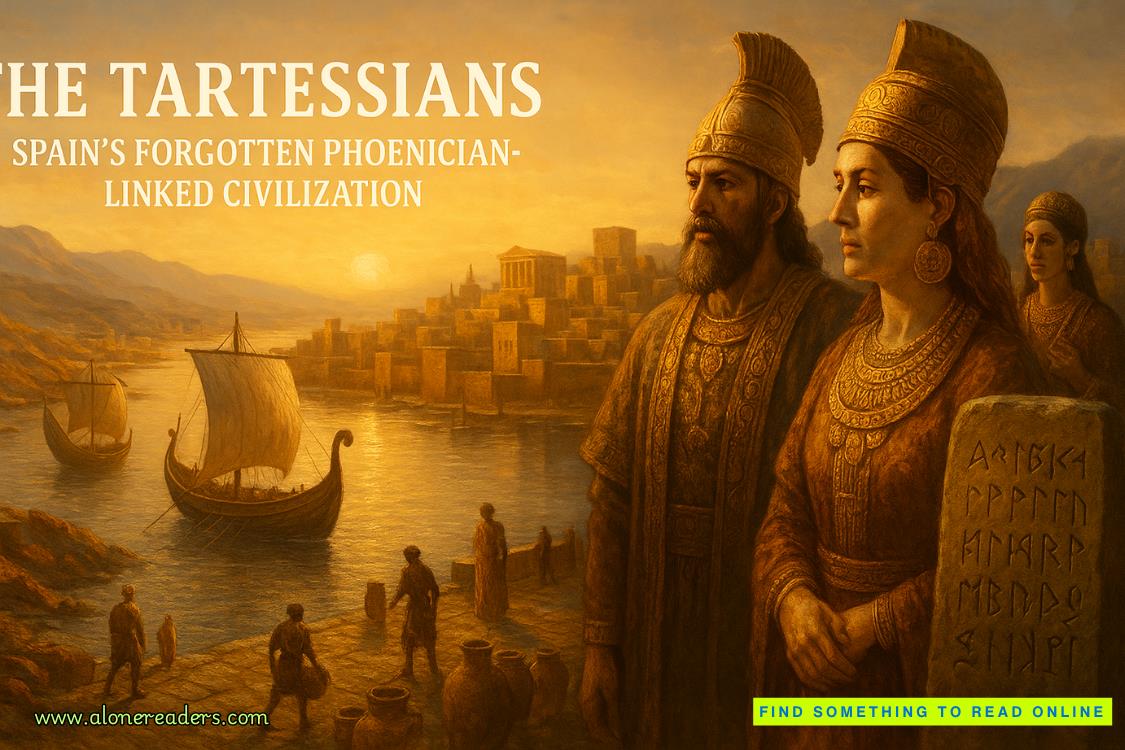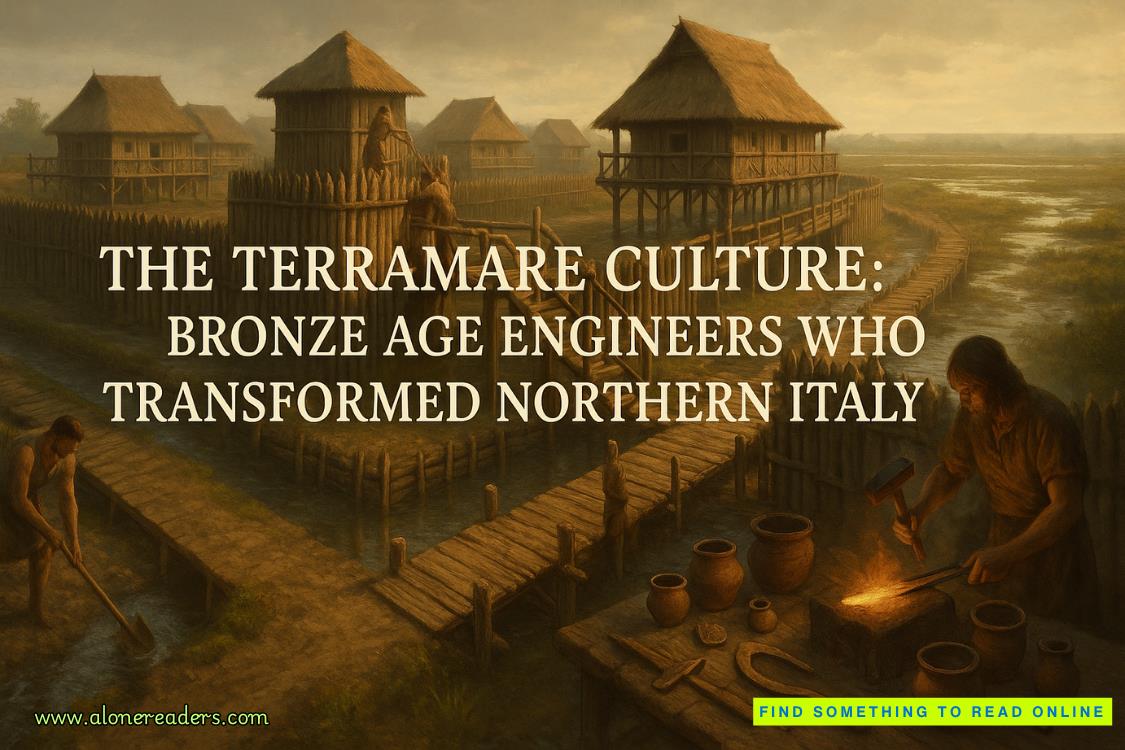"There is internal evidence, within the body of the Ibn Fadlan manuscript, to support the notion that the 'wendol' are actually Homo sapiens. The pregnant female figurines described by the Arab are highly suggestive of the prehistoric carvings and figurines to be found at the Aurignacian industry sites in France and of the Gravettian finds in Willendorf, Austria, Level 9. Both Aurignacian and Gravettian cultural levels are associated with essentially modern man, and not Neanderthal Man.
"We must never forget that to untrained observers, cultural differences are often interpreted as physical differences, and one need not be particularly naive to make this mistake. Thus, as late as the 1880s it was possible for educated Europeans to wonder aloud whether Negroes in primitive African societies could be considered human beings after all, or whether they represented some bizarre mating of men and apes. Nor should we overlook the degree to which societies with vastly differing degrees of cultural attainment may exist side by side: such contrasts appear today, for example, in Australia, where the stone age and the jet age can be found in close proximity. Thus in interpreting the descriptions of Ibn Fadlan we need not postulate a Neanderthal remnant, unless we are fancifully inclined to do so."
In the end, the arguments stumble over a well-known limitation to the scientific method itself. The physicist Gerhard Robbins observes that "strictly speaking, no hypothesis or theory can ever be proven. It can only be disproven. When we say we believe a theory, what we really mean is that we are unable to show that the theory is wrong - not that we are able to show, beyond doubt, that the theory is right.
"A scientific theory may stand for years, even centuries, and it may accumulate hundreds of bits of corroborating evidence to support it. Yet a theory is always vulnerable, and a single conflicting finding is all that is required to throw the hypothesis into disarray, and call for a new theory. One can never know when such conflicting evidence will arise. Perhaps it will happen tomorrow, perhaps never. But the history of science is strewn with the ruins of mighty edifices toppled by an accident, or a triviality."
This is what Geoffrey Wrightwood meant when he said at the Seventh International Symposium on Human Paleontology in Geneva in 1972: "All I need is one skull, or a fragment of a skull, or a bit of jaw. In fact, all I need is one good tooth, and the debate is concluded."
Until that skeletal evidence is found, speculation will continue, and one may adopt whatever stance satisfies an inner sense of the fitness of things.
SOURCES
I. PRIMARY SOURCE
Yakut ibn-Abdallah MS, a geographical lexicon, ?A.D. 1400. Nos. 1403A-1589A, Archives University Library, Oslo, Norway.
Trans:
Blake, Robert, and Frye, Richard; in Byzantina - Metabyzantina: A Journal of Byzantine and Modern Greek Studies, New York, 1947.
Cook, Albert S.; New York, 1947.
Fraus-Dolus, Per; Oslo, 1959-1960.
Jorgensen, Olaf, 1971, unpublished
Nasir, Seyed Hossein; 1971, unpublished.
St. Petersburg MS, a local history, published by the Academy of St. Petersburg, 1823. Nos. 233M-278M, Archives University Library, Oslo, Norway.
Trans:
Fraus-Dolus, Per; Oslo, 1959-1960.
Stenuit, Roger; 1971, unpublished.
Soletsky, V. K.; 1971, unpublished.
Ahmad Tusi MS, a geography, A.D. 1047, papers of J. H. Emerson. Nos. LV 01-114, Archives University Library, Oslo, Norway.
Trans:
Fraus-Dolus, Per; Oslo, 1959-1960.
Nasir, Seyed Hossein; 1971, unpublished.
Hitti, A. M.; 1971, unpublished.
Amin Razi MS, a history of warfare, A.D. 1585-1595, papers of J. H. Emerson. Nos. LV 207-244, Archives University Library, Oslo, Norway.
Trans:
Fraus-Dolus, Per; Oslo, 1959-1960.
Bendixon, Robert; 1971, unpublished.
Porteus, Eleanor; 1971, unpublished.
Xymos MS, a fragmentary geography, ? date, bequest estate A. G. Gavras. Nos. 2308T-2348T, Archives University Library, Oslo, Norway.
Trans:
Fraus-Dolus, Per; Oslo, 1959-1960.
Bendixon, Robert; 1971, unpublished.
Porteus, Eleanor; 1971, unpublished.
II. SECONDARY SOURCES
Berndt, E., and Berndt, R. H. "An Annotated Bibliography of References to the Manuscript of Ibn Fadlan from 1794 to 1970," Acta Archaeologica, VI: 334-389, 1971.
This remarkable compilation will refer the interested reader to all secondary sources concerning the manuscript, which have appeared in English, Norwegian, Swedish, Danish, Russian, French, Spanish, and Arabic for the dates cited. The total number of sources listed is 1,042.
III. GENERAL REFERENCE WORKS
The following are suitable for the general reader with no particular archaeological or historical background. Only works in English are cited.
Wilson, D. M. The Vikings, London, 1970.
Brondsted, J. The Vikings, London, 1960, 1965.
Arbman, H. The Vikings, London, 1961.
Jones, G. A History of the Vikings, Oxford, 1968.
Sawyer, P. The Age of the Vikings, London, 1962.
Foote, P. G., and Wilson, D. M. The Viking Achievement, London, 1970.
Kendrick, T. D. A History of the Vikings, London, 1930.
Azhared, Abdul. Necronomicon [ed. H. P. Lovecraft], Providence, Rhode Island, 1934.
A FACTUAL NOTE ON EATERS OF THE DEAD
EATERS OF THE DEAD WAS CONCEIVED ON A DARE. IN 1974, my friend Kurt Villadsen proposed to teach a college course he called "The Great Bores." The course would include all the texts that were supposed to be crucial to Western civilization but which were, in truth, no longer read willingly by anyone, because they were so tedious. Kurt said that the first of the great bores he would address was the epic poem Beowulf.
I disagreed. I argued that Beowulf was a dramatic, exciting story - and that I could prove it. I went home and immediately began making notes for this novel.















